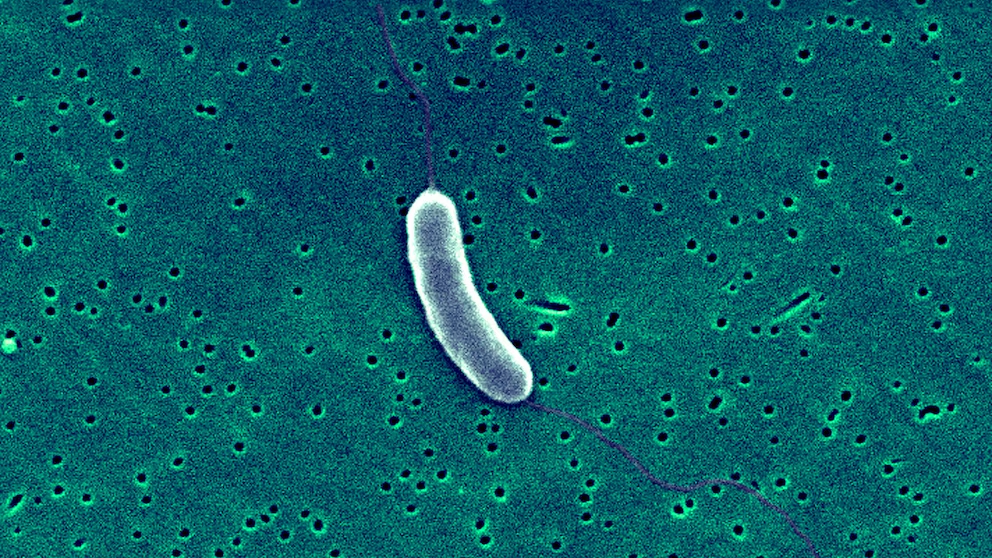Outer Banks Man Hospitalized as North Carolina Vibrio Cases Near 60
OUTER BANKS, NORTH CAROLINA — A man is recovering in intensive care after contracting a rare and aggressive Vibrio infection in the Outer Banks — a region now at the center of a growing public health concern across North Carolina and the Southeast. The man’s leg wound became severely infected after exposure to water, a stark reminder of the growing risk posed by so-called “flesh-eating” bacteria.
State health officials have confirmed 59 Vibrio infections and one death in North Carolina through July 31, marking the second-highest midsummer total in five years — and that’s before the typical late-August spike.
Bacteria Found in Nearly All Coastal Samples
According to UNC-Chapel Hill microbiologist Rachel Noble, the presence of Vibrio in water samples is now widespread.
“Every water sample we collect along the coast now contains some kind of Vibrio. That wasn’t true two decades ago,” Noble said.
This increase is tied to rising sea-surface temperatures, which have hovered in the mid-80s near Cape Hatteras — nearly two degrees above the 30-year average. Warmer winters, combined with heavy rain and nutrient-rich runoff, are creating ideal breeding conditions for the bacteria.
Why Vibrio Is Spreading Faster Than Ever
Noble and other experts say that milder winters no longer suppress the bacteria, allowing it to survive year-round. When summer heat returns, it rebounds quickly.
Additionally, brackish water — the mixture of fresh and salt water found in tidal creeks and sounds — offers the perfect environment. Heavy downpours dilute salinity and feed Vibrio bacteria with nutrients, creating what Noble calls an “overnight buffet.”
“If we get four inches of rain, those estuaries flip from low risk to high risk almost immediately,” Noble warned.
Who’s Most at Risk of Vibrio Infection?
Public health officials have outlined several vulnerable groups:
- Seafood workers exposed to cuts and warm, bacteria-rich water.
- Beachgoers with fresh cuts, tattoos, or razor nicks.
- People eating raw seafood, which can lead to stomach illness or bloodstream infection from Vibrio vulnificus.
The Centers for Disease Control and Prevention (CDC) states that about 20% of V. vulnificus infections are fatal, often within 48 hours.
How to Stay Safe Along the Carolina Coast
To reduce risk of infection, officials recommend the following precautions:
- Avoid brackish or salt water if you have any cuts or skin breaks.
- Wash with soap and fresh water after swimming or exposure.
- Treat wounds with hydrogen peroxide after beach visits.
- Cook all shellfish thoroughly.
- Seek medical help immediately if a wound becomes red, swollen, or blistered within a day of water exposure.
Warming Waters Drive Broader Risk
The risk isn’t limited to North Carolina. Florida and Louisiana have reported 30 Vibrio cases and eight deaths this summer alone. Experts believe more cases are likely as late-summer heatwaves and tropical systems roll in.
“Warmer water is the common thread,” Noble emphasized. “If we want to keep enjoying our coast, we need to respect that new reality and take a few extra precautions.”
Have you changed your beach safety habits this summer? Share your experience or tips with us at saludastandard-sentinel.com.







